Good morning, I have a quick question regarding the differences between a byte object in python (denoted b'') and how to replicate it in java.
The project I am working on is some personal work on an emulation server for a dead game to better my reversing skills. I have a working rendition of the project in python, but would like to switch over to java as I am better with the language and it comes with many additional tools included that are useful for a project like this.
I am using a ServerSocket to capture TCP data in the java project.
When data comes over the network from the Python project it looks a little something like this:
When I capture the same data over the java ServerSocket I get something like this:
My question is how can I reformat this ASCII text to get the proper data as seen in the python version of the software.
Currently I am able to get an output like this:
 By converting the byte[] data from the ServerSocket as such
By converting the byte[] data from the ServerSocket as such
while(true) {
try {
Socket socket = serverSocket.accept();
onConnection(socket);
byte[] incomingData = new byte[0];
byte[] temp = new byte[1024];
int k = -1;
//this is due to the client of said game not sending EOL (readLine() does not work here)
while((k = socket.getInputStream().read(temp, 0, temp.length)) > -1) {
byte[] tbuff = new byte[incomingData.length + k];
System.arraycopy(incomingData, 0, tbuff, 0, incomingData.length);
System.arraycopy(temp, 0, tbuff, incomingData.length, k);
incomingData = tbuff;
receiveData(socket, incomingData); <--- this is the important bit
}
} catch (IOException e) {
e.printStackTrace();
}
}
public void receiveData(Socket socket, byte[] data) {
int lenLo = (int) (data[0]);
int lenHi = (int) (data[1]);
int length = lenHi * 256 + lenLo;
if(lenHi < 0) {
System.out.println("Invalid Packet Length");
}
if(data.length != length) {
System.out.println("Incomplete Packet Received");
}
try {
String test = new String(data, "UTF-8");
serverGUI.serverDebug(test); //produces the string in a jframe (pic 2)
serverGUI.debugByteArray(test.getBytes(StandardCharsets.UTF_8)); //produces the byte[] in jframe (pic 3 -- all bytes in this array are & 0xff prior to being printed out)
} catch (UnsupportedEncodingException e1) {
// TODO Auto-generated catch block
e1.printStackTrace();
}
}
However this has obviously not produced the desired outcome. Any advice is appreciated or any resources that can be put forth are also appreciated.
Thanks in advance!

